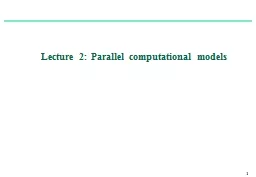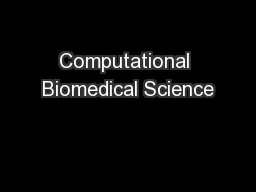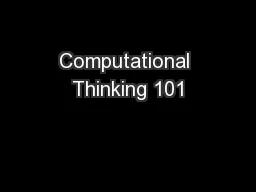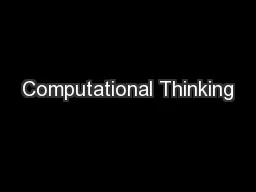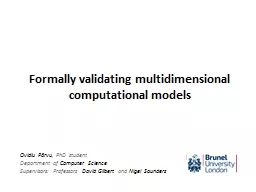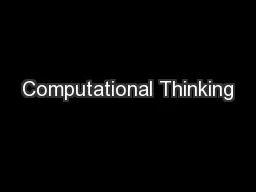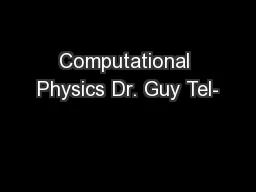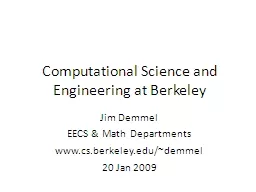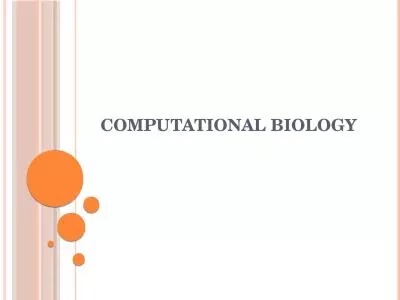PPT-1 Lecture 2: Parallel computational models
Author : giovanna-bartolotta | Published Date : 2017-12-07
2 Turing machine RAM Figure Logic circuit model RAM Random Access Machine Operations supposed to be executed in one unit time 1 Control operations
Presentation Embed Code
Download Presentation
Download Presentation The PPT/PDF document "1 Lecture 2: Parallel computational mode..." is the property of its rightful owner. Permission is granted to download and print the materials on this website for personal, non-commercial use only, and to display it on your personal computer provided you do not modify the materials and that you retain all copyright notices contained in the materials. By downloading content from our website, you accept the terms of this agreement.
1 Lecture 2: Parallel computational models: Transcript
Download Rules Of Document
"1 Lecture 2: Parallel computational models"The content belongs to its owner. You may download and print it for personal use, without modification, and keep all copyright notices. By downloading, you agree to these terms.
Related Documents

